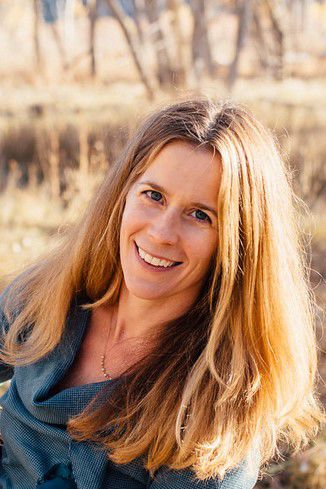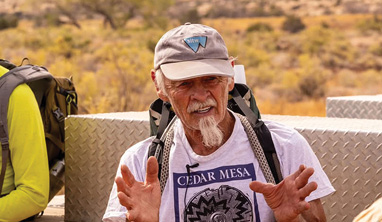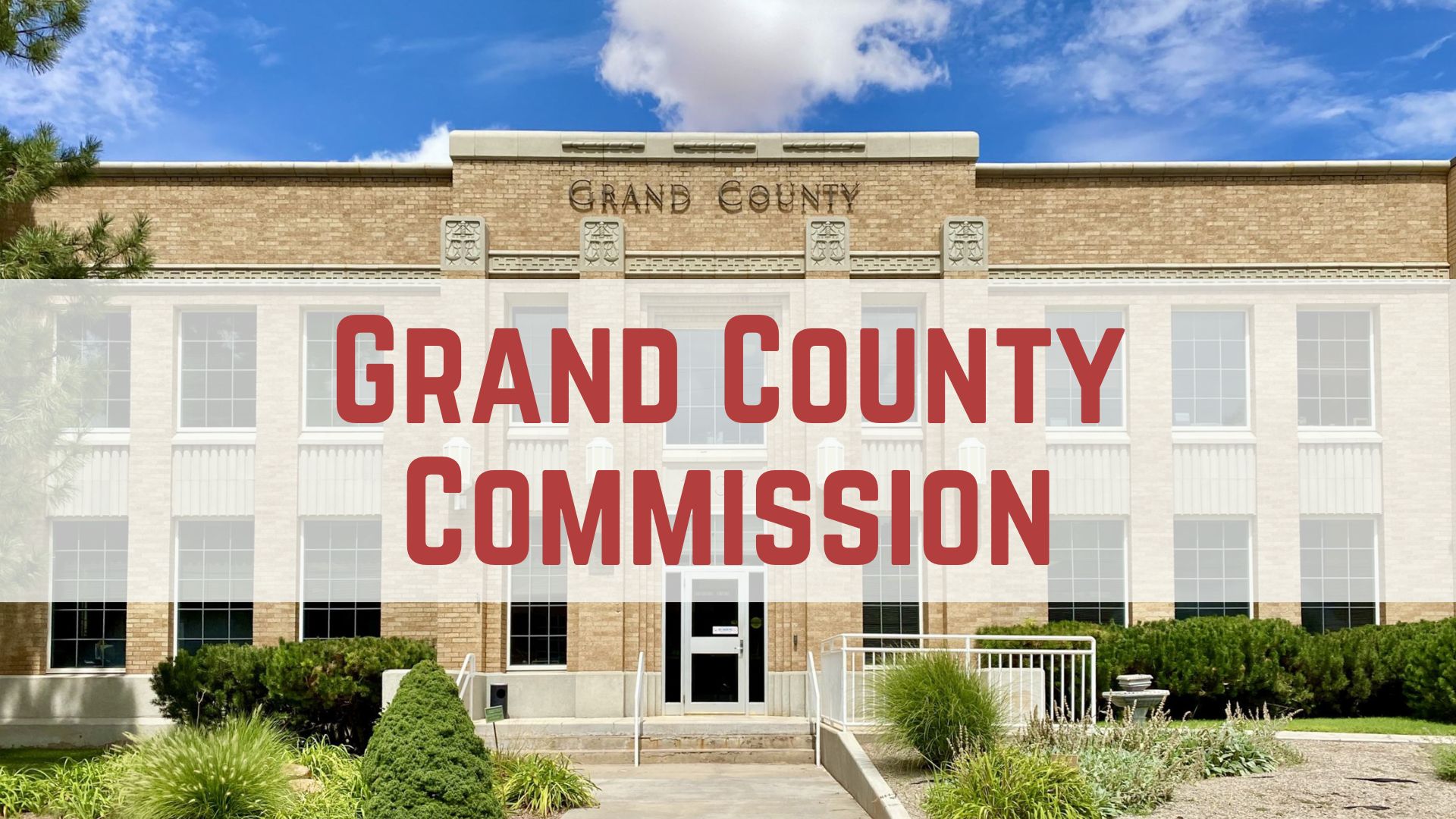Some information may be outdated.
By their own admission, county officials say that a July 18 Grand County Council vote to limit the development of new overnight rentals beyond the city limits could have gone more smoothly.
With concerns about that action still fresh in their minds, council members voted 5-1 on Tuesday, Aug. 6, to ratify a related ordinance. Curtis Wells voted against the majority, and Rory Paxman was absent from the meeting.
Grand County Council chair Evan Clapper said the follow-up vote would help resolve any lingering questions about public notice requirements, as well as the way that the July 18 special meeting unfolded.
“This is just a housekeeping matter to ratify the prior vote to resolve any concerns regarding the public notice and meeting procedures we followed,” Clapper said.
Grand County Clerk Chris Baird said there were “definitely” issues with the council’s July 18 action, prompting the need for a follow-up vote.
“… (The) reason we’re ratifying is because we are acknowledging the issues associated with that special meeting,” Baird said.
The council’s Aug. 6 action removes and amends rights to build new nightly rentals in all zoning districts in the county’s unincorporated areas, although overnight rental projects that are currently under development can move forward, as planned.
Council members previously voted on a similar ordinance on July 16, but a related motion failed by a 3-3 split, leading the council to convene the special meeting two days later.
Both Paxman and Wells were absent from the July 18 meeting, and Wells suggested that the council could have postponed its action because a six-month moratorium on new overnight rentals was still in place.
“Why not give it another week?” Wells asked. “There was still time before the moratorium expired.”
But according to Grand County Attorney Christina Sloan, time was quickly running out.
One statute, in particular, delays the effective dates of ordinances, she said, so the council couldn’t meet the looming moratorium deadline. What’s more, she said, the council chair was not available to attend a follow-up meeting.
“So for those reasons, we could not delay it,” Sloan said. “It was an urgent matter.”
JULY 18 MEETING RAISES SOME EYEBROWS
Wells raised numerous concerns about the way the July 18 meeting was conducted.
Among other things, he noted that although the council ultimately proceeded with its July 18 meeting, a meeting cancellation notice was erroneously posted on the state’s public notice website for about an hour.
In response, Sloan pointed out that the cancellation notice was the result of a staff error, and not because council members tried to initiate a cancellation.
“There was no direction or intent from council to cancel that meeting,” Sloan said.
According to Wells, Utah’s open meeting law says that a public body may not take final action on a topic in an open meeting unless that topic is listed on an agenda and included with advance public notice.
Sloan countered that the problem involving the erroneous cancellation notice was limited in scope, and was fixed within an hour.
The public received actual notice of the meeting, Sloan said, noting that media coverage reported on strong public turnout at the council’s chambers. Other citizens watched video recordings of the meeting online, she said.
Case law deals with similar issues, where there have been technical violations of related public meeting requirements, she said. And in those court rulings, she said, judges try to determine whether or not there was an intent to harm or act in secret.
“There was 23 hours of notice here, and we have over an hour issue, and that’s why there’s a housekeeping matter to ratify (the action),” Sloan said, adding that she understands citizens’ concerns about the July 18 vote.
MORE QUESTIONS ABOUT PUBLIC NOTICE
At its July 18 meeting, the council also approved a nightly rentals overlay map, which allows for overnight rentals in places where they already exist, and in parts of Crescent Junction, Thompson Springs, Cisco and unincorporated county areas.
Wells questioned whether the council complied with its own policies when it approved the overlay maps. One provision in question says that copies of a proposed ordinance “shall” be available to the public — when feasible — at the council office and the library not less than 48 hours before a governing body convenes to act.
Grand County Council Administrator Ruth Dillon said the overlay maps were not available within that time frame, leading Clapper to say that the approved maps didn’t change anything.
“The changes that were made were to leave those areas alone,” Clapper said.
However, Baird said that before the July 18 ordinance passed, overnight rentals were not allowed in some areas on the overlay maps.
“So this actually provided those areas with development rights that they didn’t have prior,” Baird said.
To Wells, that action seems like a “pretty substantial” change to the ordinance.
“Not properly noticing the public on that seems like an issue,” Wells said.
Sloan said it’s important to note that the process rolled out over a six-month period while the moratorium was in place.
“This wasn’t a new idea,” she said. “This was — including those northern portions was something that the council received significant public comments about.”
That led Wells to question whether Sloan was saying it’s OK to “bend the rules” because an issue was discussed beforehand.
“I’ll be honest with you: I attended a lot of meetings, and I did hear those concerns from council member (Greg) Halliday,” Wells said. “But I didn’t ever really witness any serious consideration of that, so for a last-second change that has that much of an impact, it sounds like we’re acknowledging that we bent the rules, but…”
At that point, Sloan stepped in to say she doesn’t believe that Wells’ comments are accurate.
“There is a lot of flexibility in the law and statute for urgent matters — emergency matters,” Sloan said. “There’s also — as (Dillon) pointed out — the same flexibility in the code that you just read about ‘when possible’ … So I’m not going to acknowledge we bent the rules.”
Wells subsequently questioned whether the council followed the county’s process to call a special meeting, noting that each council member must receive five days notice.
According to Baird, the nomenclature that the county uses in its bylaws is inaccurate, when compared with state code. That’s because the county uses the term “special meeting” and ties that to a section in state code that deals with “emergency meetings,” he said.
“It’s a nomenclature issue, where our policy doesn’t use the same terminology as state code,” Baird added. “And so I think that that’s an issue that needs to be resolved in our policy.”
PROPERTY OWNER TO MULL OVER LAWSUIT
It’s unclear at this point if vocal opponents of the council’s action will ask the courts to intervene.
McElhaney Construction owner Richard McElhaney said that changes to the county’s Highway Commercial zone will devalue his property — without lowering his property taxes — and he may join others in challenging the council’s decision.
“If they’ve devaluated my property and a bunch of the others’ properties, we will probably get together and hire a lawyer,” he told the Moab Sun News on Wednesday, Aug. 7.
But McElhaney said that he and other affected property owners still have to review the council’s latest action, and then reach a decision as a group.
“At this time, I can’t tell you if I will or I won’t (file a lawsuit),” he said.
Officials say latest action needed to clean up July 18 vote
“… (The) reason we’re ratifying is because we are acknowledging the issues associated with that special meeting.” — Chris Baird
Appreciate the coverage? Help keep local news alive.
Chip in to support the Moab Sun News.





